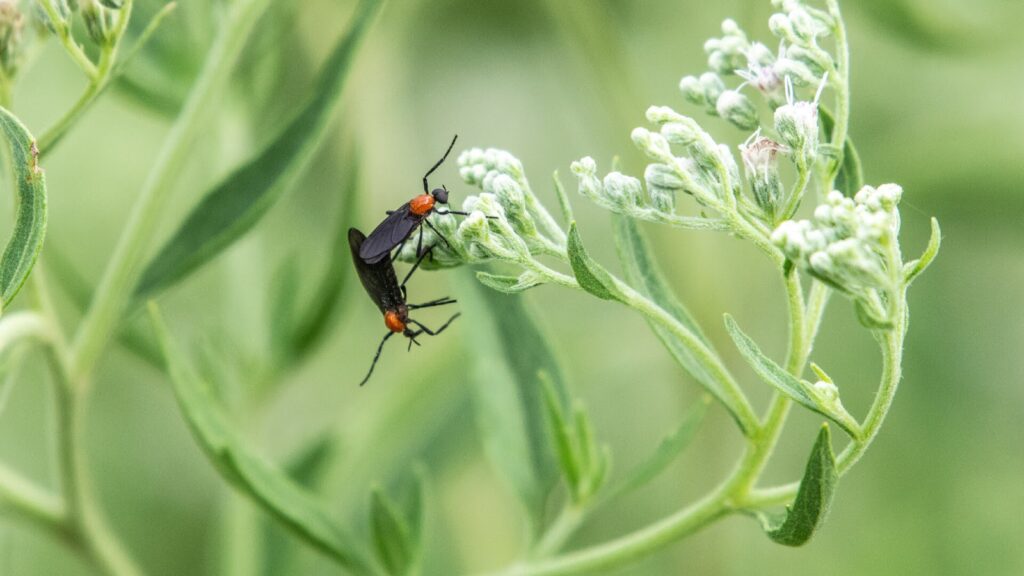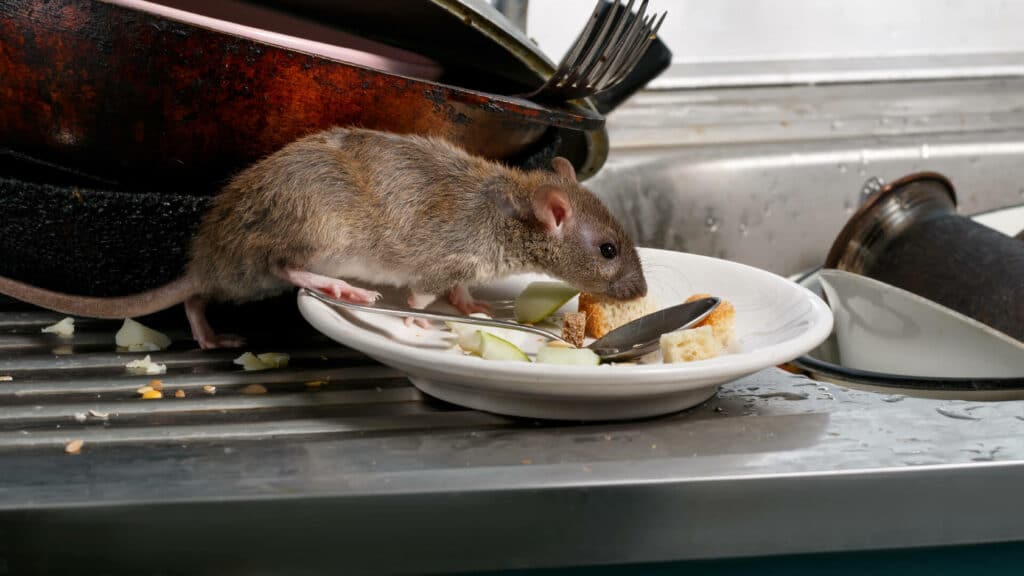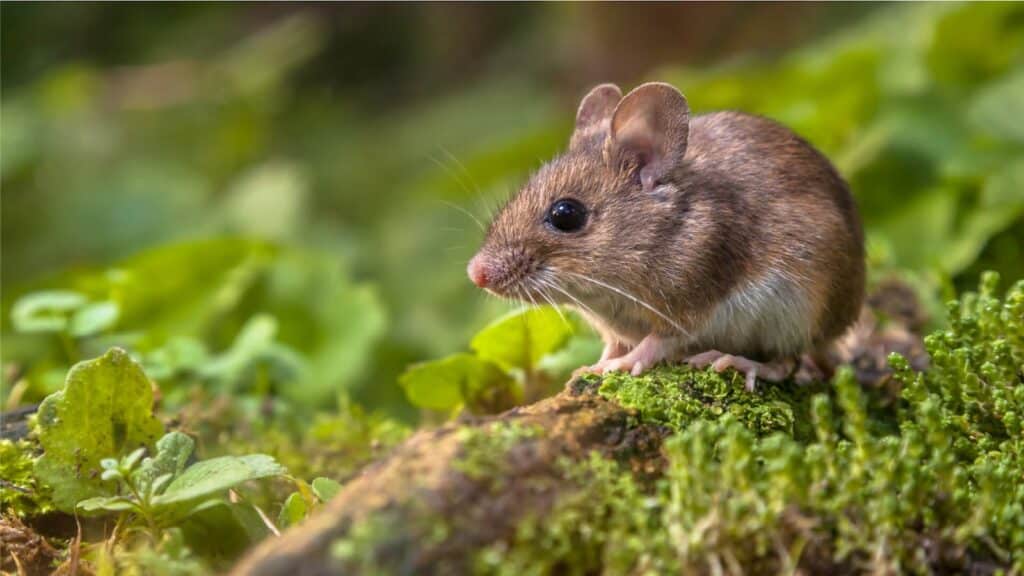Orb weaver spiders can be a real nuisance in gardens and outdoor spaces. Understanding the behavior and characteristics of these spiders is important for effective control.
We’ll explore proactive spider control techniques, as well as treatment methods to help you regain control of your home.
By implementing these strategies, you can minimize the risk of encountering orb weavers and create a more enjoyable outdoor experience for yourself and your family members. So let’s dive in and learn how to keep these eight-legged creatures at bay.
Understanding Orb-Weaver Spiders
Orb weavers are fascinating creatures that belong to the Araneidae family. They are renowned for their intricate circular webs, which they skillfully construct to catch their prey. While these spiders may look intimidating with their large webs and often vibrant colors, they are actually relatively harmless to humans.
Unique Characteristics of Orb Weavers
To accurately identify orb weaver spiders, it’s important to understand their unique characteristics. Here are some key features that distinguish them from other spider families:
- Circular Webs: One of the most distinctive traits of orb weavers is their ability to create circular webs. These silken structures serve as both a trap and a home for the spider. The symmetrical design allows the spider to capture flying insects that get entangled in the sticky threads.
- Size and Color: Orb weavers come in various sizes and colors depending on the species. Some species have vibrant hues such as yellow or red on their bodies or legs, while others have more muted tones like brown or gray. Their size can range from small spiderlings to larger adults with leg spans measuring several inches.
- Spinnerets: Spinnerets are specialized organs located at the rear end of a spider’s abdomen that produce silk threads used for web construction and other purposes. Orb weavers typically have three pairs of spinnerets, each serving a specific function in creating their intricate webs.
- Elongated Legs: Another characteristic feature of orb weaver spiders is their long and slender legs, which aid them in maneuvering across their webs with ease.
Description and Appearance of Orb Weaver Spiders
Orb weaver spiders are distinct creatures with distinctive features that set them apart from other spider types. Let’s take a closer look at their appearance and physical characteristics.
Round Abdomens, Long Legs, and Colorful Patterns
One of the defining characteristics of orb weavers is their round abdomens. These spiders have a plump body shape, which helps them store food and produce silk for their elaborate webs. Their long legs extend outwards from their abdomen, giving them an unmistakable appearance.
Different species of orb weavers exhibit unique color patterns on their bodies. Some may have vibrant hues like yellow, red, or green, while others display more muted tones such as brown or gray. The intricate designs on their bodies can vary greatly between species, making each orb weaver spider visually distinct.
Size Matters: From Small to Large
Orb weavers come in a range of sizes, depending on the species. Some are relatively small, measuring less than 1 centimeter in length.
On the other end of the spectrum, some orb weavers can grow quite large, reaching over 3 centimeters in length. These giants of the spider world command attention with their impressive size and formidable presence.
Identifying Common Habitats and Signs of Infestation
To effectively control orb weaver spiders, it is crucial to be able to identify their common habitats and recognize signs of infestation. By understanding where these spiders tend to reside and the indicators of their presence, you can take appropriate measures to address the issue.
Common Habitats for Orb Weaver Spiders
Orb weavers can be found in various outdoor locations, making gardens, shrubs, trees, and outdoor structures their preferred habitats. These spiders are skilled at building intricate orb-shaped webs that they use to catch prey. Their webs are typically constructed between plants or structures where flying insects are abundant.
Orb weaver spiders often choose areas with dense vegetation as they provide ample hiding spots and a ready supply of food. They may spin their webs near flowers or around vegetable patches, taking advantage of the high insect populations attracted to these areas.
Shrubs and trees also serve as ideal habitats for orb weavers due to the abundance of insects that frequent these locations. The branches and leaves offer support for their webs while providing cover from predators.
Outdoor structures such as fences, pergolas, and playsets can inadvertently become prime real estate for orb weavers if they are left undisturbed. These structures provide stable anchor points for web construction while attracting flying insects due to nearby lights or vegetation.
Signs of Infestation
Recognizing signs of an orb weaver spider infestation is important in determining whether control measures need to be taken. Here are some telltale indicators that you may have an infestation on your hands:
- Large Webs: Orb weavers construct conspicuous circular webs with a distinctive spiral pattern at the center. These webs can span several feet in diameter and are often positioned at eye level or slightly higher.
- Numerous Egg Sacs: Female orb weavers produce multiple egg sacs throughout their lifespan, each containing hundreds of eggs. These sacs are typically round or oval-shaped and can be found within or near the spider’s web.
- Abundance of Flying Insects: Orb weaver spiders rely on a steady supply of flying insects as their primary food source.
Proactive Strategies for Limiting Orb-Weaver Spider Problems
To keep orb-weaver spiders at bay, it’s important to implement proactive strategies that discourage their presence. By taking a few simple steps, you can reduce the likelihood of encountering these eight-legged creatures in and around your home. Let’s explore some effective methods:
Regularly Removing Debris, Clutter, and Vegetation
One of the first things you can do to reduce orb-weaver spider encounters is to maintain a clean and tidy environment. Regularly removing debris, clutter, and vegetation near buildings reduces potential spider habitats. These spiders tend to seek out areas with ample hiding spots like wood piles, leaf piles, or overgrown shrubs. By keeping your surroundings neat and free from unnecessary clutter, you make your property less appealing to these arachnids.
- Clear away fallen leaves and branches regularly.
- Trim back bushes and shrubs near your home.
- Store firewood away from the house in an elevated position.
Sealing Cracks and Gaps in Windows, Doors, and Foundations
Orb-weaver spiders can enter structures through tiny cracks or gaps in windows, doors, or foundations. To prevent them from finding their way indoors, it’s helpful to seal these entry points effectively. Inspect your windows for any damaged screens or gaps around the edges that may allow spiders to crawl inside. Similarly, check for any openings around doors or foundation walls that need sealing.
- Use caulk or weatherstripping to seal gaps around windows and doors.
- Install door sweeps on exterior doors.
- Repair any cracks or gaps in the foundation using appropriate sealants.
Installing Screens on Windows and Doors
Installing screens on windows and doors acts as a barrier that keeps orb weavers outside while allowing fresh air into your home. Make sure all windows have properly fitting screens without tears or holes that could serve as entry points for spiders. Similarly, ensure that your exterior doors have screens in good condition to prevent spiders from gaining access.
- Check existing window screens for any damage and repair or replace them as needed.
- Install screens on doors if they don’t already have them.
- Consider using fine-mesh screens to keep even the smallest spiders out.
Conclusion
Remember, the key to successful orb-weaver control is being proactive. By taking action now, you can limit future infestations.
If you have any further questions or need additional assistance in dealing with orb-weaver spiders, feel free to reach out to us. We’re here to help you every step of the way. Together, we can better protect your home and garden.











